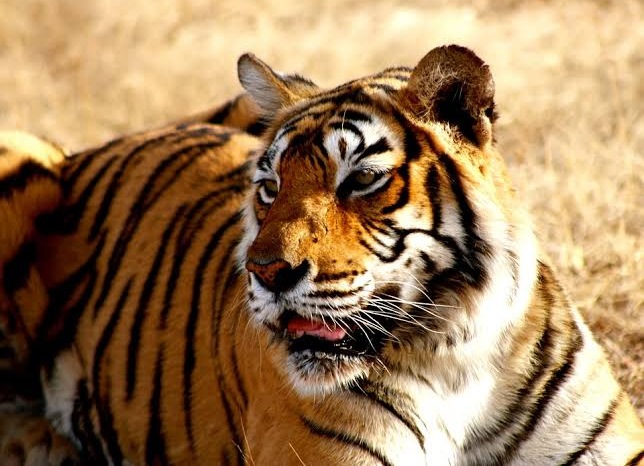New Delhi (NVI): There was a sharp decline in the number of wild cats since early 20th century around the globe. In order to raise awareness about the declining population of the wild cats and make efforts to conserve them, every year on July 29 International Tiger Day or Global Tiger Day is observed.
However, the situation has improved considerably over the years with the increase in their number.
The International Tiger Day came into force during the signing of Saint Petersburg declaration by 13 tiger range countries in 2010 in Russia.
The governments of these tiger range countries had resolved to encourage the conservation, protect their natural habitats and double the number of tigers by 2022.
Poaching and illegal trade of their body parts like bone, skin poses the biggest threat to tigers. Therefore, the demand for tiger body parts has increased the poaching and trafficking of wild cats.
According to the World Wildlife Fund (WWF) experts, the world had lost around 97 per cent of wild tigers in the past 100 years. At present, only 3,000 tigers are left alive compared to around 100,000 tigers a century ago.
Many international organizations, including the WWF, the International Fund for Animal Welfare (IFAW) and Smithsonian Conservation Biology Institute (SCBI), are also involved in the conservation of the wild tigers.
India’s tiger population currently stands at 2,967 which is 70 percent of the global tiger population. In 2014, the tiger population in India was around 1,600.
The increase in the tiger population in India can be attributed to the launch of the tiger conservation programme – Project Tiger – in 1973.
Apart from this, Union Environment Minister Prakash Javadekar, yesterday released the Tiger Census report and said, “India is proud of its tiger assets. The country today has 70 per cent of the world’s tiger population.”
“We are ready to work with all the 13 tiger range countries in their actual management of tiger reserves,” he added.
-RJV








